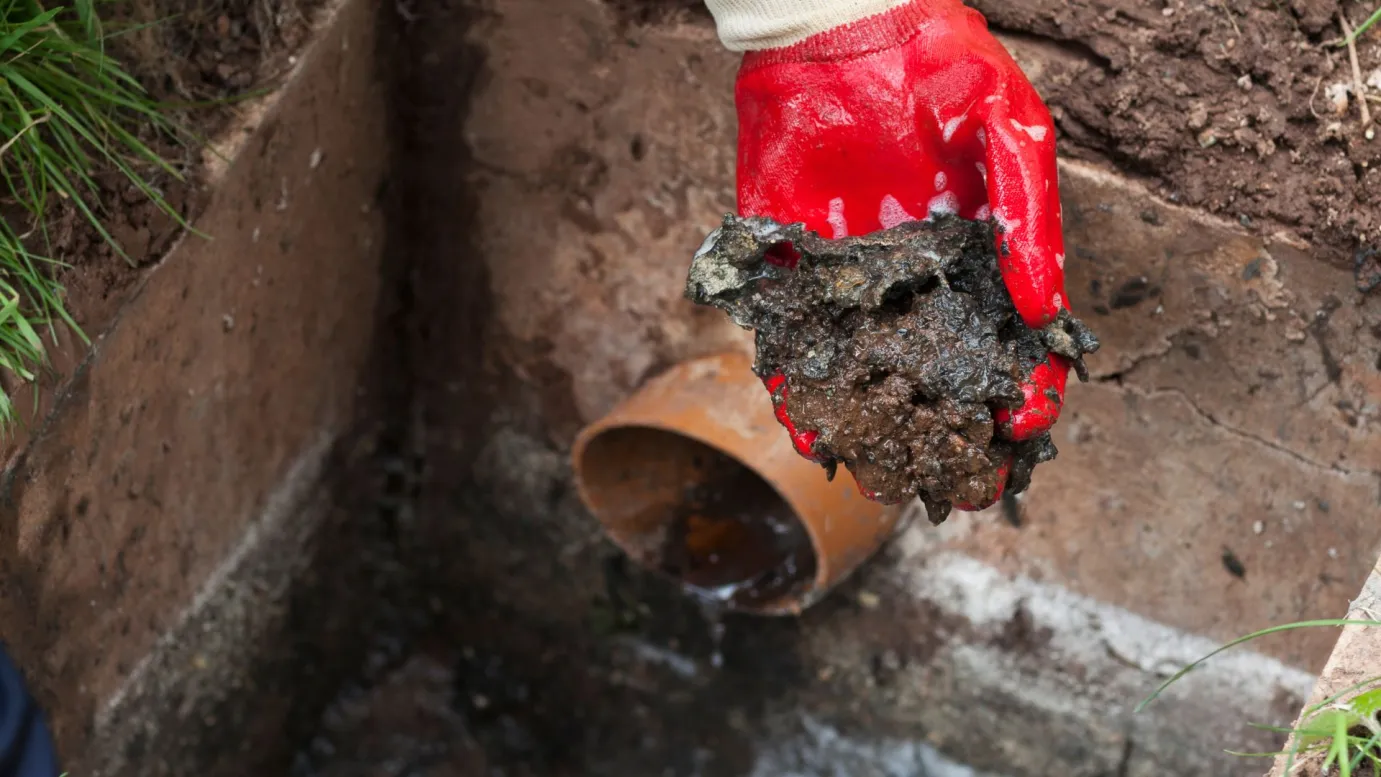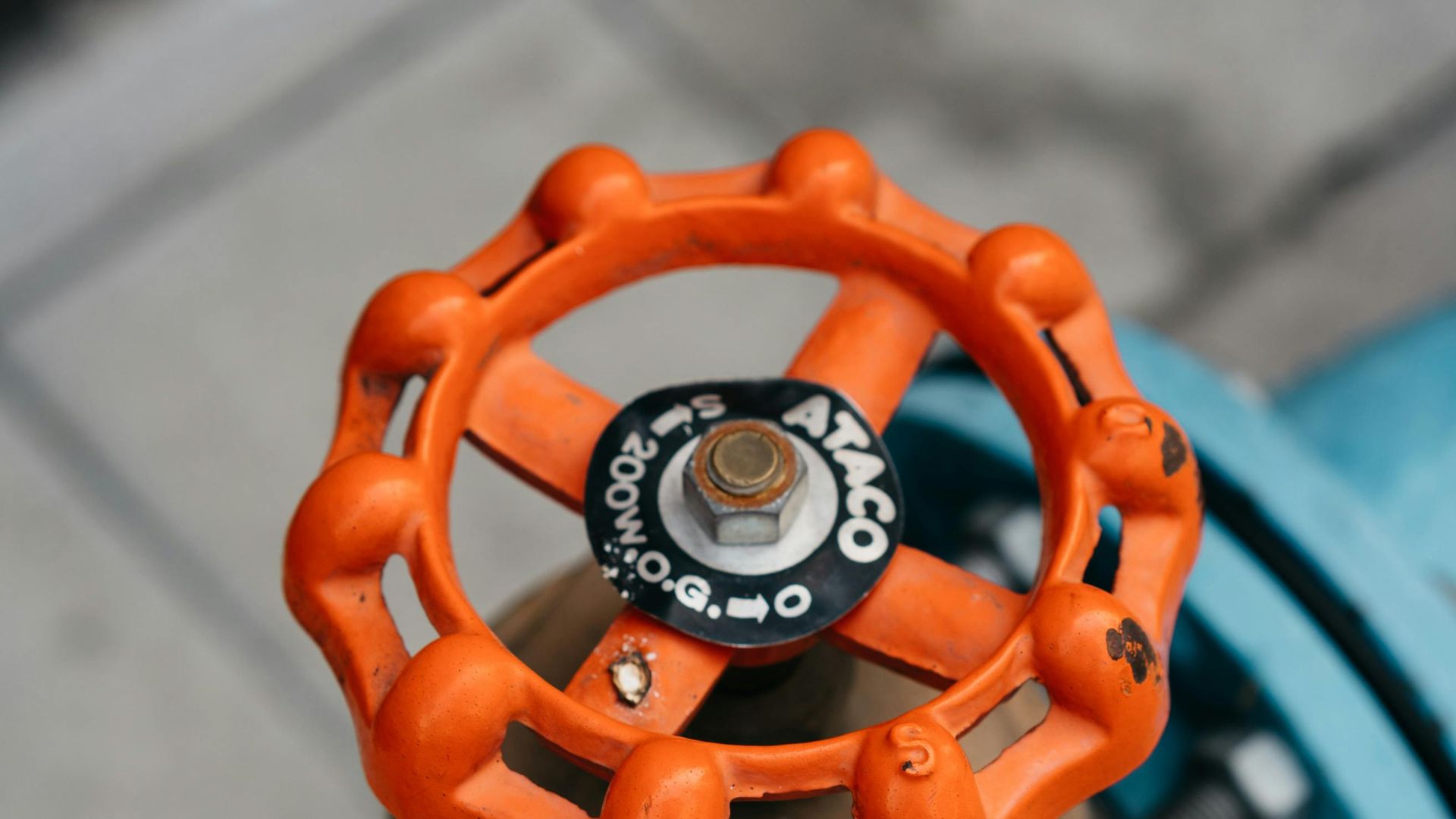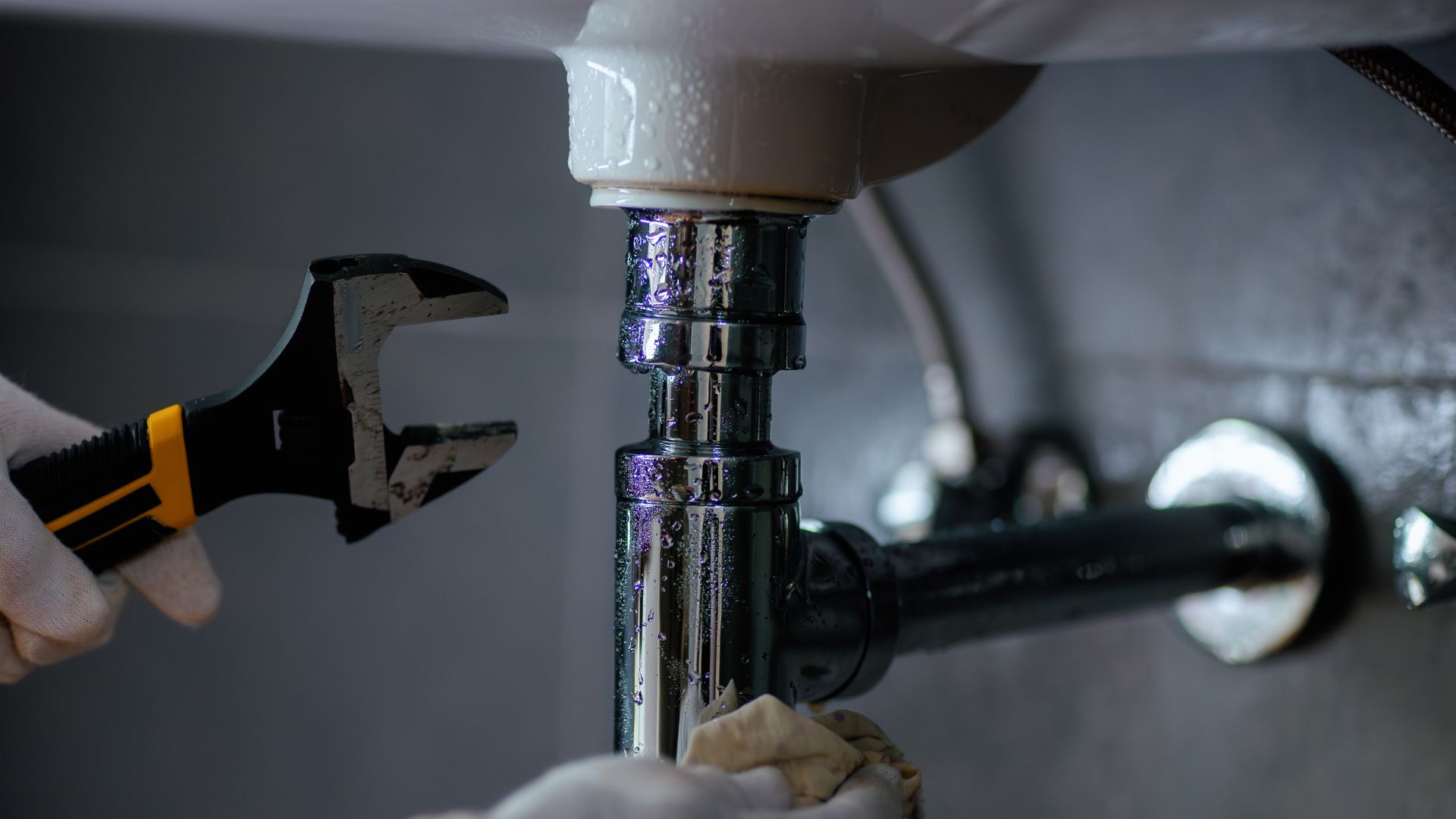Few things are as frustrating as finding your kitchen sink’s drain pipe leaking.
Many homeowners only notice their kitchen sink leaking once water starts spilling through the cabinet, turning things into quite the mess. Sometimes, tugging on the pipe can make matters worse, causing an even bigger leak.
But the good news is that fixing a kitchen sink pipe leak is pretty easy once you identify the cause. That’s why we’ve created this guide to help you figure out what needs to be done and repair the leak yourself in a few hours.
So, let’s take a look at the process!
How To Stop Leaking Pipe Under Your Kitchen Sink
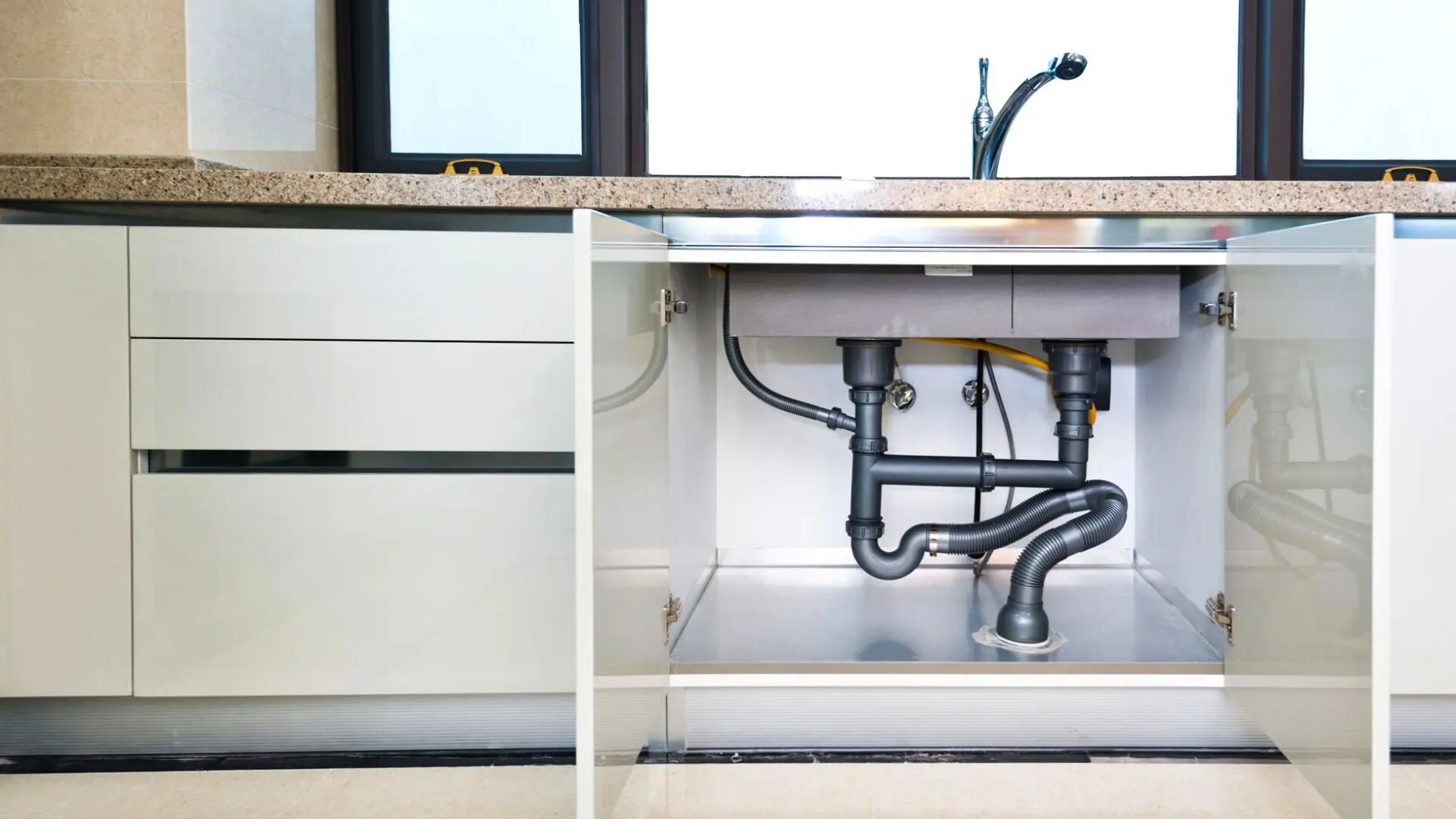
1. Examine The Situation
You must first calm yourself down and place a bucket under the pipe to catch the dripping water. Then, clear the leaked water from the floor to have a clean working space before determining the source of the leak. In some cases, you may need to fix a leaking pipe by addressing loose connections or faulty joints.
A kitchen sink pipe might leak for various reasons, including corroded pipes, which can weaken over time and develop holes or cracks. It’s essential to replace corroded pipes promptly to avoid further damage and prevent future leaks.
To pinpoint the issue, try feeling the area under the sink and along the pipe for any damp spots. Water supply pipe leaks often spray because of the pressure, while drain leaks typically leave a slow drip or a pool of water under the sink.
Such issues, especially those involving pressurised pipes, should be addressed by experienced plumbers to ensure a lasting solution.
2. Fixing Drain Pipe Leaks
Most of the time, you’ll find that the leak originates in the drain pipe. And it’s pretty easy to fix the issue since all you’ll need to do is tighten the leaky pipe connections, as they’re the common leakage points. You can begin the repair process by tightening the slip-nuts between drain pipes using a wrench.
You can tighten plastic or PVC pipes by hand. If that doesn’t do the trick, consider a stronger fix, like replacing the rubber gaskets between the joints. These gaskets are small rubber parts that secure a tight seal around PVC or metal pipes.
A common technique is to use a two-part epoxy putty, which provides a durable seal. Just make sure to wipe the place of the leak before applying the putty so that it dries properly, and clean the drain hole afterwards. However, note that using a plumber’s putty is a temporary solution; you may need to remove the pipe to fix it properly.
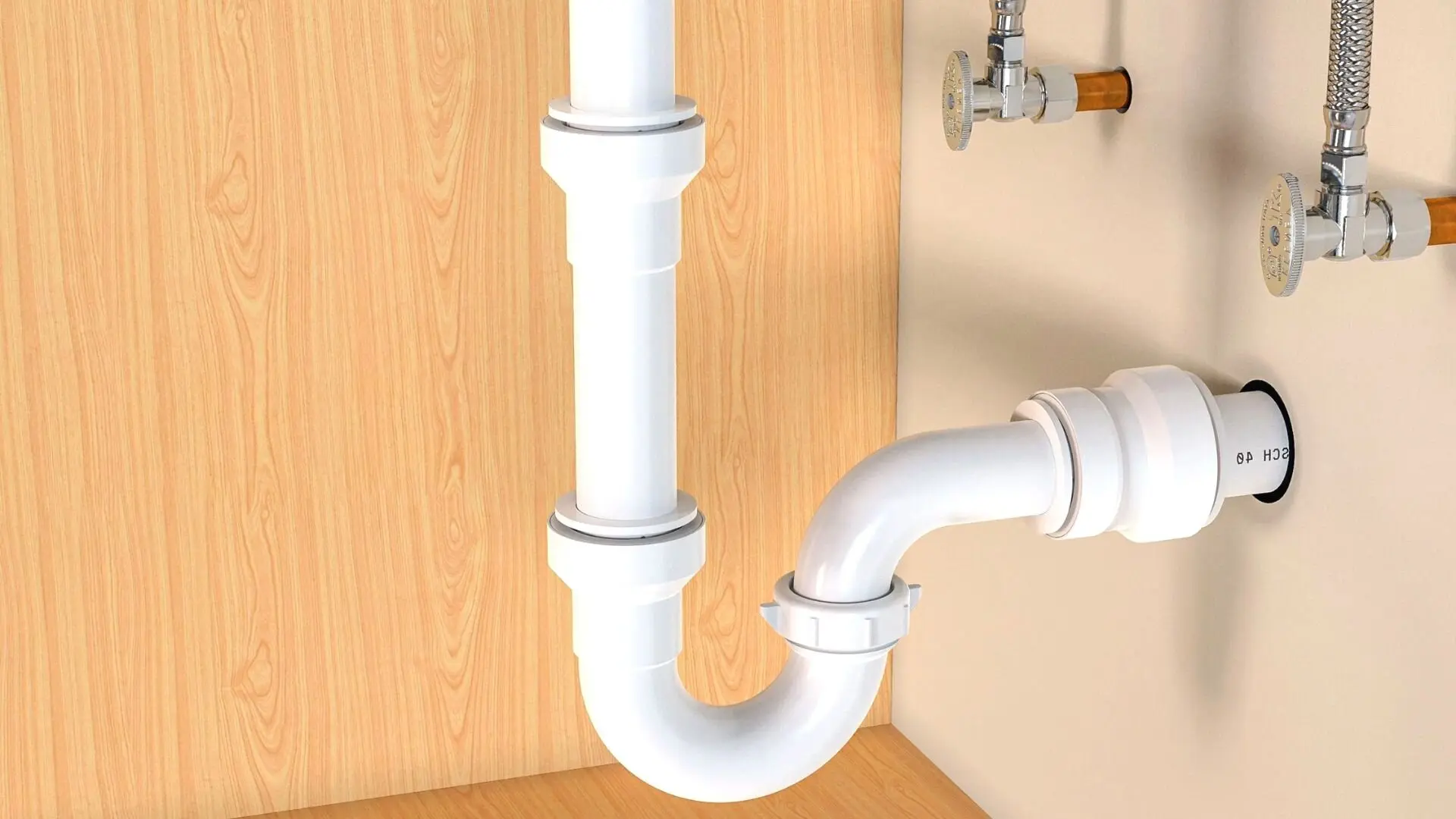
Another solution is to wrap self-securing silicone tape around the leaking pipe connection, especially if there’s only a minor leak. To create a tighter seal, cover the edges and overlap the tape.
The leak might sometimes originate from a crack formed in the middle of the pipe. While the best solution would be to contact an emergency plumber, for the time being, you can use a pipe clamp or sleeve clamp to fix the leak.
Remember that the clamp should be a good fit for the pipe of your kitchen sink, and tighten the clamp properly with a wrench to avoid further leaks.
3. Removing Clogs From The P-Trap
A clogged P-Trap might be the culprit behind your kitchen sink’s leaks. The P-Trap is that "U" shaped section of pipe that traps odorous gases.
Over time, this part of the pipe can get clogged with everything from grease to food scraps. That’s why you should regularly use a drain cleaner in your kitchen sink, or the P-Trap may overflow.
Put a bucket under the P-Trap and open it by loosening the slip-nuts with a wrench to clean all the gunk before putting it back together or replacing the P-Trap. We recommend shutting off the water valve before working on the P-Trap, as turning on the faucet accidentally can create a huge mess.
Afterwards, turn on the water shut-off valve and run the faucet to check whether the leakage has been fixed. If you have little experience handling plumbing systems, leave it to the professionals. This is especially recommended for those with a metal P-Trap under their kitchen sinks.
You Don’t Have To Deal With A Kitchen Leak!
Remember to scrutinise the pipe parts before dismantling anything to be sure about the source of the leak. The leak might sometimes originate in the sink strainer and drain assembly, so you must focus on fixing those parts rather than the pipe.
Don’t ignore the hidden leaks. They can cause structural damage in the long run—request a leak detection service from your local plumber.
Getting under your leaky sinks can be tricky due to the tight space or the pipe hidden by plumbing fixtures like water filters. For such situations, contact a local plumbing contractor for leaking pipe repairs, as they are well-equipped to deal with most challenges promptly.
Located in Sydney? Reach out to our team at Fixed Today. We’ve got expert plumbers ready to tackle leak detection and burst pipe repairs, whether your issue is big or small. We’re spread across Sydney, including the Inner West.
One more tip - to prevent bursts and leaking pipes, hire professional plumbers for maintenance at least twice a year. See you next time!

